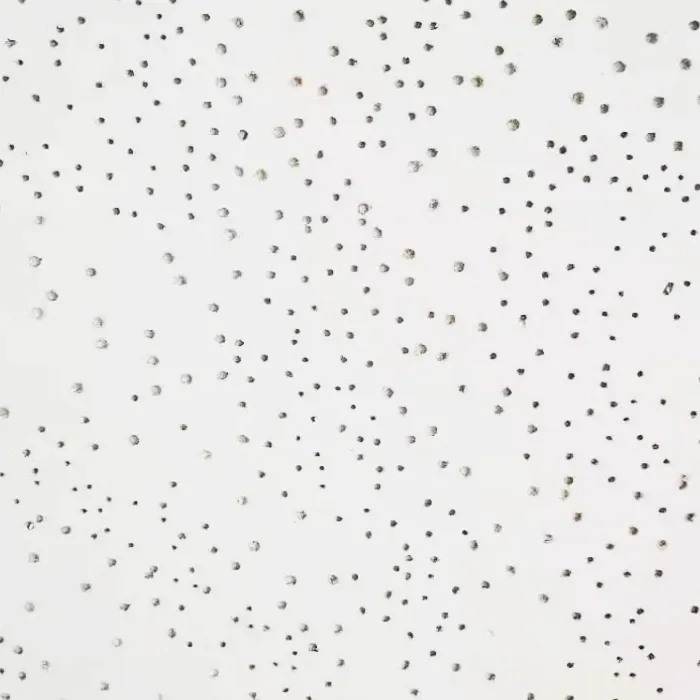Dec . 21, 2024 16:55 Back to list
suspended ceiling tees
Understanding Suspended Ceiling Tees A Comprehensive Overview
Suspended ceilings, commonly seen in commercial buildings, educational institutions, and even residential spaces, play an integral role in modern interior design and construction. Among their various components, suspended ceiling tees are pivotal to their structure and functionality. This article will delve into the details of suspended ceiling tees, exploring their purpose, materials, installation process, and benefits.
What are Suspended Ceiling Tees?
Suspended ceiling tees are the T-shaped metal or wooden pieces that provide support for the ceiling tiles and other elements in a suspended ceiling system. They create a grid framework that holds the ceiling panels in place while allowing for easy access to mechanical systems hidden above. This grid system is essential for both aesthetic and practical reasons, providing a clean, uniform appearance to any space while accommodating essential utility functions.
Materials Used
The typical materials used for suspended ceiling tees include galvanized steel, aluminum, and sometimes, engineered wood products. Galvanized steel is popular due to its durability and resistance to rust, which is critical in maintaining the integrity of the ceiling structure over time. Aluminum is lightweight and offers excellent corrosion resistance, making it suitable for various environments. In some cases, engineered wood may be used in specific applications, bringing a touch of warmth to the design.
Types of Ceiling Tees
There are several types of suspended ceiling tees, primarily categorized by their application and design. The most common include
1. Main Tees These are the primary supports for the grid system, usually installed parallel to the longest wall of the room. They are typically longer and carry the weight of the ceiling panels.
2. Cross Tees These are shorter pieces that connect between the main tees, forming the distinct grid pattern of the ceiling system. Cross tees help determine the size of the ceiling tiles used.
3. Wall Moulding Although not technically tees, wall moulding is an essential component that supports the outer edges of the suspended ceiling and provides a finished look.
suspended ceiling tees

Installation Process
Installing suspended ceiling tees requires careful planning and execution. Here is a simplified overview of the installation process
1. Measurements Begin by measuring the ceiling area to determine the layout. Accurate measurements ensure that the grid system accommodates the ceiling tiles adequately.
2. Marking and Leveling Use a chalk line to mark where the main tees will be installed, ensuring they are level. This step is crucial as it affects the overall appearance and function of the ceiling.
3. Attaching Main Tees Secure the main tees to the recommended height, usually anywhere from 4 to 12 inches below the existing ceiling, depending on the requirements for insulation, lighting, or other utilities.
4. Installing Cross Tees Install the cross tees at specified intervals to create a grid. Most ceiling tiles are designed to fit into 2x2 or 2x4 grid configurations.
5. Placing Ceiling Tiles Once the grid is in place, the final step is to fit the ceiling tiles into the grid corners, ensuring they are snug and properly aligned.
Benefits of Suspended Ceiling Tees
Suspended ceiling tees offer numerous benefits. Firstly, they provide easy access to the building's infrastructure, allowing maintenance workers to reach electrical, plumbing, and HVAC systems without requiring significant disruption. Secondly, they enhance acoustics within a room, as many ceiling tiles are designed to absorb sound, creating quieter, more comfortable environments. Lastly, suspended ceilings can improve energy efficiency by allowing for better insulation and lighting options.
Conclusion
Suspended ceiling tees play a crucial role in the functionality and appearance of suspended ceilings. By understanding their materials, types, installation process, and benefits, property owners and builders can make informed decisions that enhance the spaces they manage or construct. With their practical advantages and aesthetic contributions, suspended ceiling tees remain an essential component in modern architectural design. Whether you're renovating an office, upgrading a classroom, or designing a new building, the right suspended ceiling system, anchored by quality ceiling tees, can elevate your project to new heights.
-
Quality Ceiling Trap Doors & Access Panels | Easy & Secure AccessNewsAug.30,2025
-
Durable Ceiling T Grid Systems | Easy InstallationNewsAug.29,2025
-
PVC Gypsum Ceiling: Durable, Laminated Tiles for Modern SpacesNewsAug.28,2025
-
Pvc Gypsum Ceiling Is DurableNewsAug.21,2025
-
Mineral Fiber Board Is DurableNewsAug.21,2025
-
Ceiling Tile Clip Reusable DesignNewsAug.21,2025







